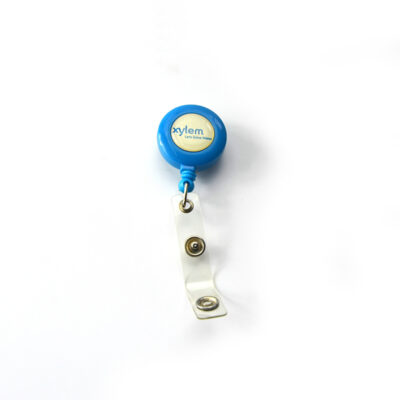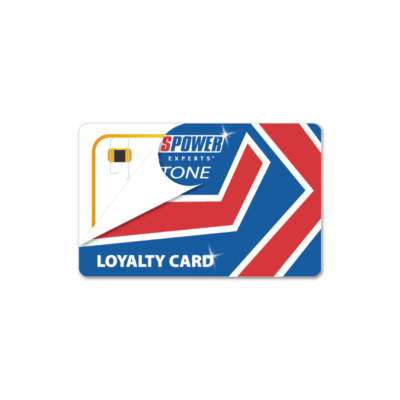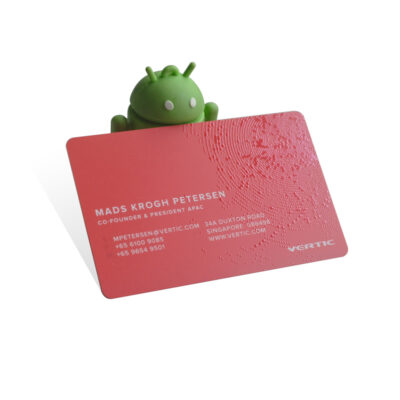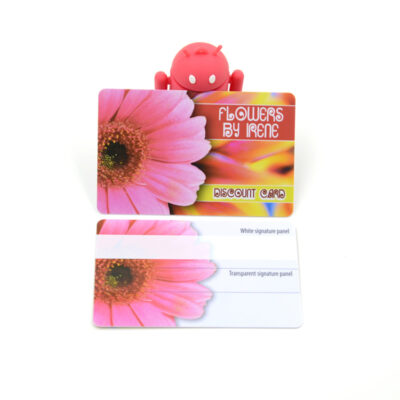Self-adhesive Stickers
As a widely used material for identification and decoration, self-adhesive stickers are favoured by people from all walks of life because of their convenience and the variety they offer. Whether in product packaging, advertising, home decoration or office management, self-adhesive stickers play an important role.
Self-adhesive stickers are paper or plastic materials with adhesive on the back, usually used for labelling, logos, decoration and many other purposes. Their characteristic is that they are easy to use, just tear off the protective paper on the back and stick them directly onto the desired surface. Self-adhesive stickers can come in a variety of sizes, shapes and materials to suit different needs, and the most common types are transparent, opaque, glossy and matt.
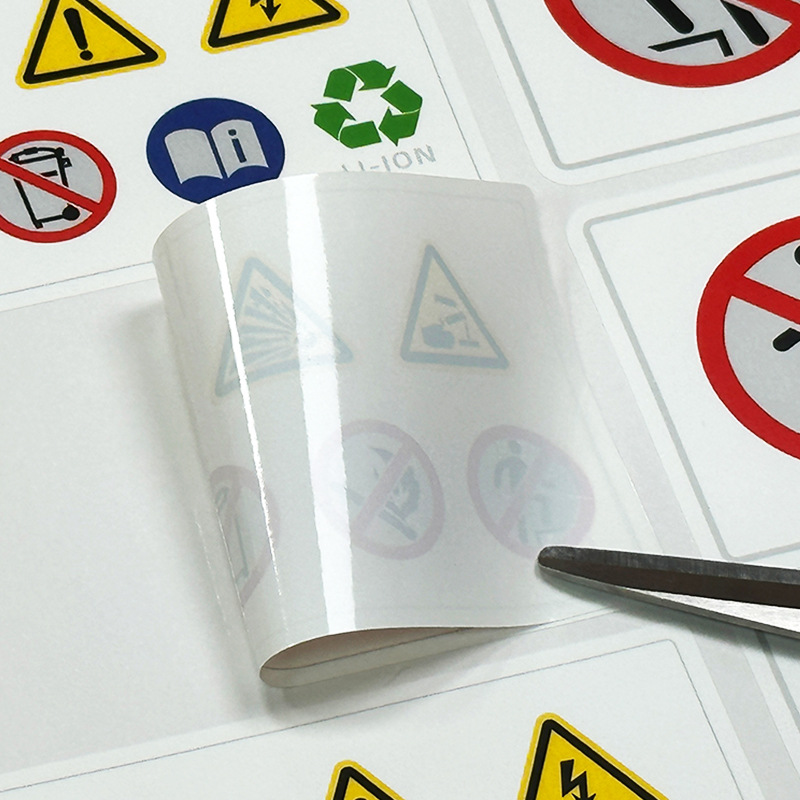
Printing Method
There are many ways to print self-adhesive labels. The main ones are as follows
Digital Printing: suitable for short runs, high flexibility and can print complex designs quickly. Digital printing does not require platemaking, is suitable for personalisation and is often used for short run labels and personalised stickers.
Screen Printing: Suitable for mass production, bright colours, suitable for simple patterns and large areas of colour. Screen printing ink is thick and durable and is often used for product labels and outdoor decals.
Offset Printing: Suitable for mass production, high print quality, suitable for detailed patterns and multiple colours. The cost of offset printing is relatively low and is suitable for high quality product labels and packaging.

Personalized Selection
The process of self-adhesive stickers involves multiple links, including material selection, printing, surface treatment, cutting and post-processing.
Material Selection: Selecting the right substrate (paper, plastic, etc.) and adhesive is the first step in the sticker process. Different substrates will affect the appearance, durability, and application scenarios of stickers.
Printing: Choose the appropriate printing method according to the design and quantity to ensure that the pattern and color effects of the stickers meet the expectations.
Surface Treatment: You can choose glossy, matte or special effects (such as hot stamping, hot stamping, partial UV, etc.) to enhance the visual effect and durability of the sticker.
Cutting Process: Use die-cutting or laser cutting technology to cut the stickers into specific shapes, which is suitable for mass production or complex shapes.
Post-processing: Quality inspection, folding and packaging of finished products to ensure the integrity of the stickers during transportation and sales.

Applications
Self-adhesive labels have a wide range of applications, including
Product labelling: used to identify products such as food, cosmetics and pharmaceuticals, providing ingredients, instructions for use and brand information.
Advertising: Merchants can create promotional stickers to attract customers’ attention, often used in stores, exhibitions and events.
Home and personal use: Used to decorate personal items such as mobile phone cases, notebooks, household items, etc. to add a personal touch.
Safety and instructions: Used to convey warnings, instructions and safety information, such as fire signs, hazardous material signs, etc.
Logistics and Transport: Used to track and manage goods, commonly found in the warehousing and logistics industries.


